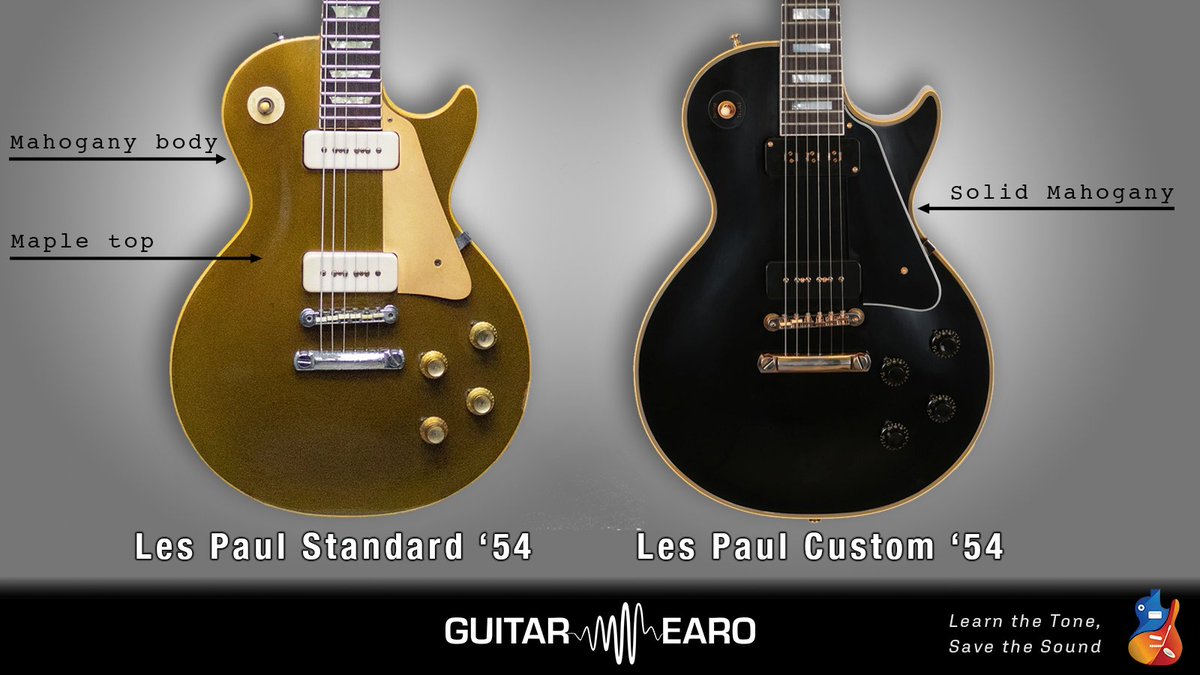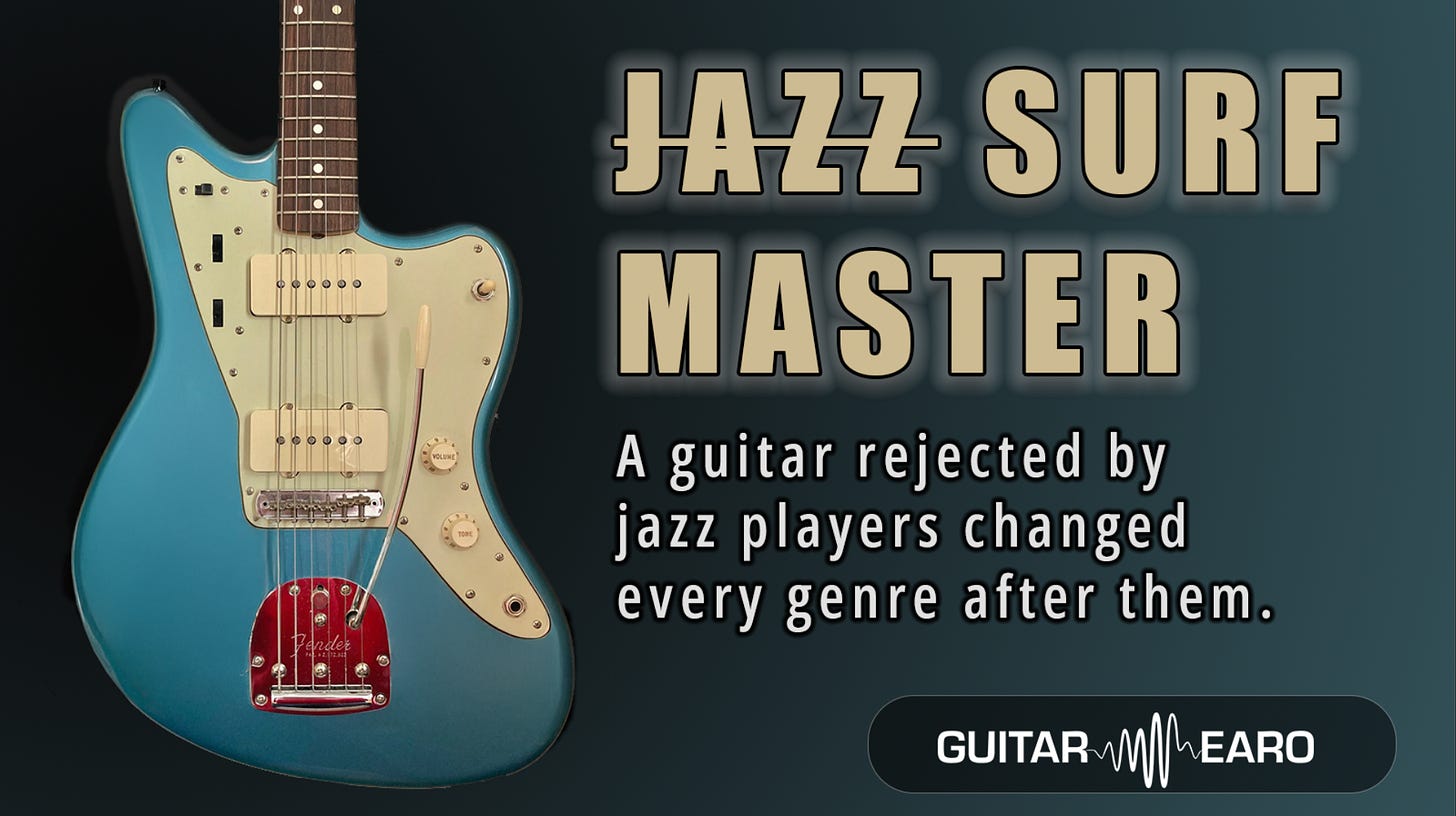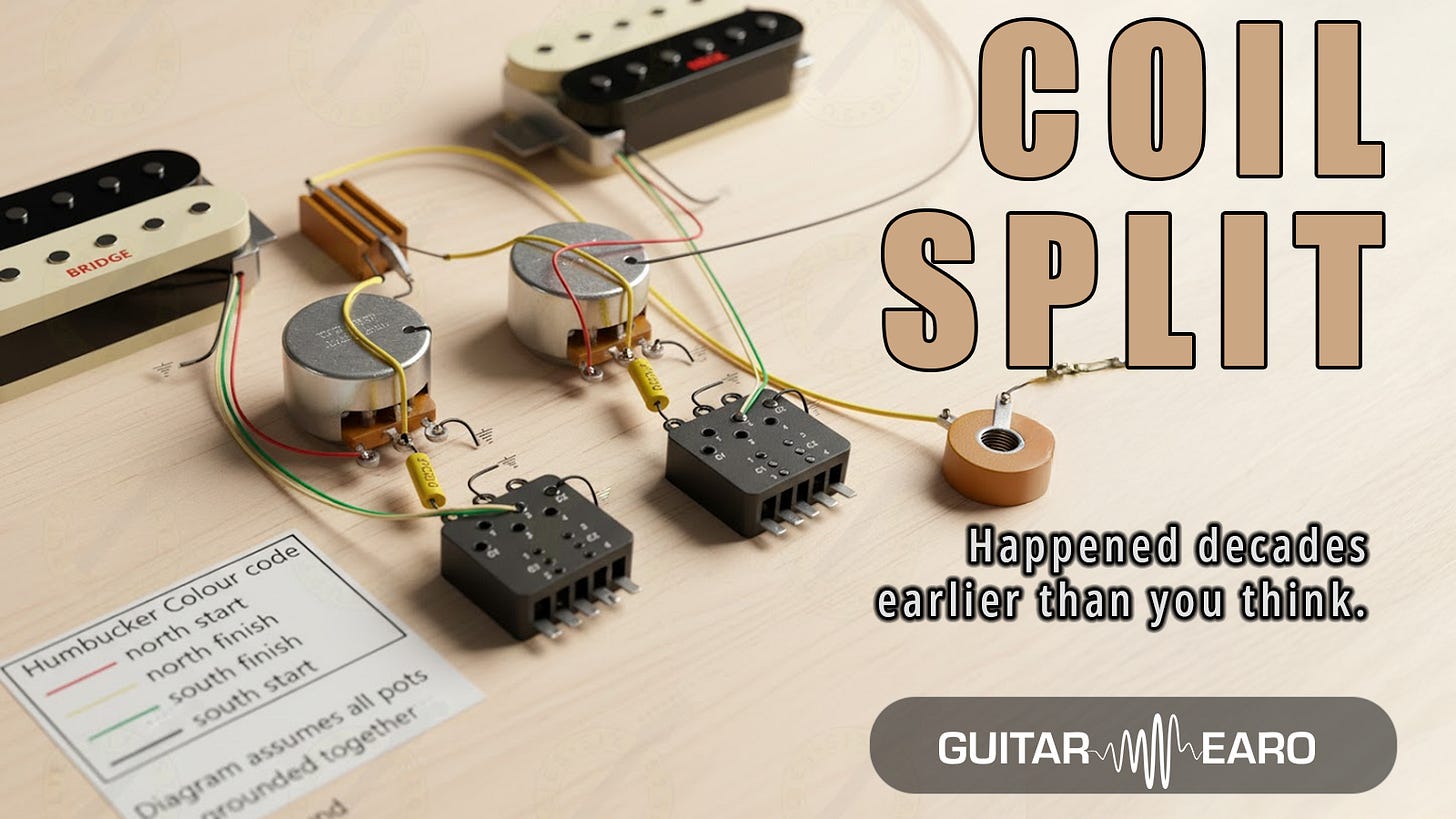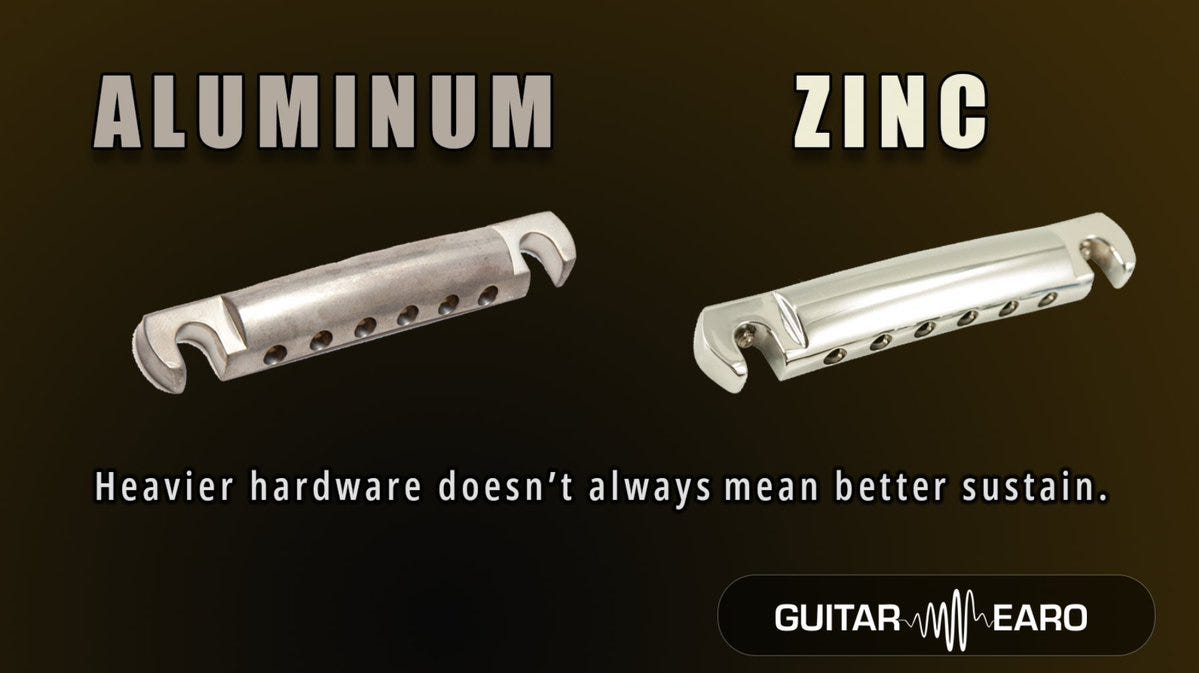The Gibson Les Paul Standard and the Les Paul Custom share almost everything: scale length, <a href="high-vs-low-the-eternal-pickup-output.html">pickups</a>, <a href="hardtail-vs-tremolo-does-the-bridge.html">bridge</a> design. Yet they sound radically different. The reason comes down to one thin slice of wood: the maple cap.
This single design choice, made in the early 1950s, created one of the most enduring tonal rivalries in electric guitar history.
The Birth of the Maple-Capped Les Paul (1952)
When Gibson first introduced the Les Paul in 1952, company president Ted McCarty was unsatisfied with the tonal extremes of single-wood prototypes.
All-mahogany bodies were judged “too soft” and lacking clarity.
All-maple bodies sounded “too bright,” almost brittle.
The compromise? A mahogany back capped with carved maple.
This was no cosmetic flourish—the gold paint actually hid the maple top. It was there entirely for tone:
Mahogany contributes warmth, midrange punch, and <a href="do-heavier-guitars-actually-sustain.html">sustain</a>.
Maple brings brightness, articulation, and attack.
Together they created a balance that defined the sound of the Les Paul Standard: the “Goldtop.”
The Custom: Gibson’s Dark Counterpoint (1954)
In 1954, Gibson unveiled the Les Paul Custom, known at the time as the “Black Beauty.” Unlike the Standard, the Custom had a solid mahogany body with no maple cap.
The design intent was clear: to darken the sound. The Custom’s voice was smoother, thicker, and less biting. Players described it as “velvet” compared to the Standard’s “brass.”
Despite sharing <a href="high-vs-low-the-eternal-pickup-output.html">pickups</a> and electronics with the Goldtop, the absence of maple fundamentally altered its tonal fingerprint.
A Civil War Among Purists
From the mid-1950s onwards, Les Paul fans divided into two camps:
The Standard camp prized the snap, bite, and “honk” of the maple top.
The Custom camp loved the warmth, fullness, and woodier bloom of solid mahogany.
These differences weren’t subtle. Even today, if you play a vintage Standard and Custom back-to-back (or faithful reissues), the contrast is immediate:
The maple-topped Standard slices through a mix with clarity and edge.
The all-mahogany Custom sings with depth and smoothness.
Why the Maple Matters
From an engineering perspective, the maple cap, typically around 1 cm thick, shifts the guitar’s resonance profile.
Maple, being harder and denser, reflects more high-frequency energy back into the strings.
Mahogany absorbs slightly more of that energy, emphasising lower mids and warmth.
In combination, the two woods interact in ways that neither could achieve alone.
This is why the Les Paul Standard became Gibson’s sonic flagship: its recipe balanced warmth and clarity in a way that worked across genres. The Custom, meanwhile, carved its niche as the darker, smoother sibling.
Modern Builders Still Chase the Formula
Seventy years later, guitar makers still wrestle with this fundamental choice:
Do you want it bright or dark?
Snappy or smooth?
Clarity or warmth?
It all comes down to that one invisible design element. A cap of maple—barely a centimetre thick—can tip the scales of tone dramatically.
Takeaway
The Les Paul Custom vs Standard debate is not really about binding, finishes, or fret size. It is about a single design decision Gibson made in 1954, and the enduring proof that sometimes the smallest structural differences have the biggest tonal consequences.
One centimetre of wood changed guitar history.
If you enjoyed this myth-busting dive, subscribe to Guitar Earo on Substack for more technical explorations of guitar physics and design.
🎸 Learn the Tone. Save the Sound.




